Japanese Tea Ware: A Guide to Teapots, Bowls, and Utensils

What tea ware should you use to enjoy delicious green tea? Read on to learn about teacups, sencha bowls, kyusu teapots, tea saucers, and where to purchase these utensils. Are you aware that kyusu teapots are different from typical teapots? Discover beautiful tea ware found only in Japan!
Special Tea Ware for Drinking Green Tea
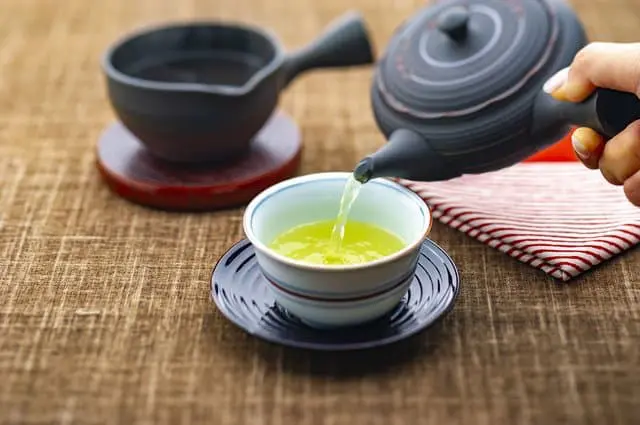
What comes to mind when you hear the word “ryokucha,” or green tea?
Some people may imagine different tea varieties, like sencha (regular green tea), gyokuro (refined green tea), or hojicha (roasted green tea). Others might think of delicious desserts crafted with tea leaves.
Loose-leaf teas, tea bags, and green tea desserts are some of the most popular souvenirs from Japan. Our writer recommends complimenting these with beautiful Japanese tea ware and sets!
In this article, we'll introduce commonly used tea ware for drinking green tea. These special utensils will add charm and elegance to your daily teatime.
Yunomi Teacups, Sencha Bowls, and Drinking Glasses
If you’re putting together a tea set for the first time, we recommend purchasing yunomi cups—a special teacup for sipping green tea—and sencha bowls.

Yunomi are long, cylindrical cups mainly used for drinking green tea at home. This cup is best for slowly sipping tea since the shape prevents heat from escaping.
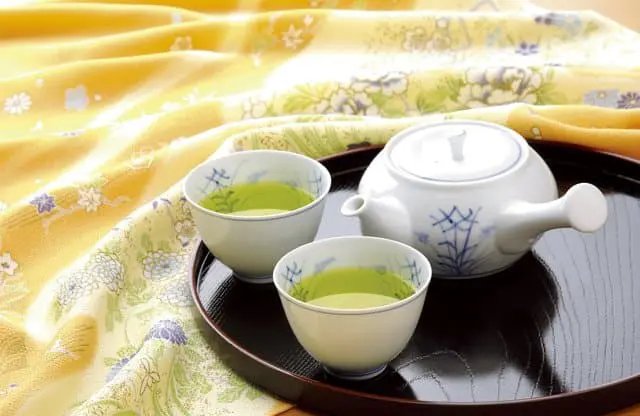
On the other hand, sencha bowls are similar to teacups but are characterized by wider mouths. Some are decorated with gorgeous designs, while others feature glazes in beautiful shades. These special cups are typically reserved for guests.
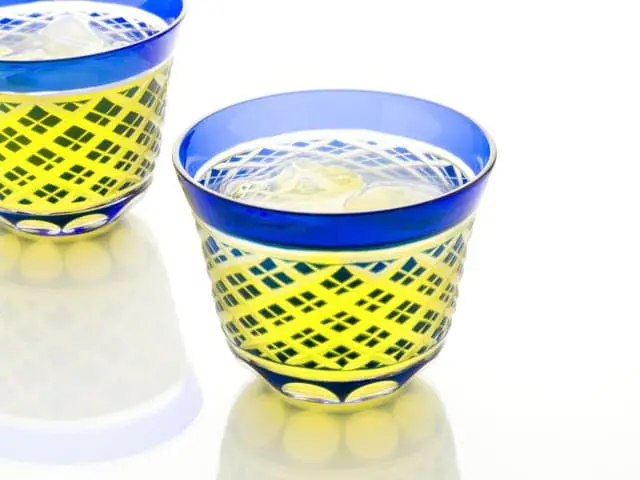
During the summer, it’s great to pour chilled green tea into drinking glasses and marvel at its refreshing appearance. Pictured above is faceted glassware with patterns cut into its surface.
Kyusu Teapots
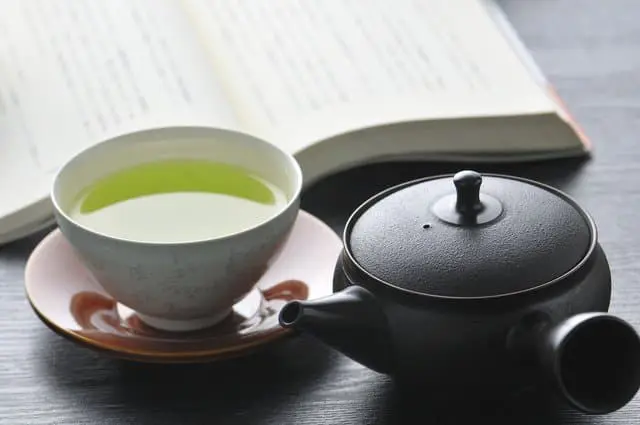
It’s possible to appreciate an exquisite Japanese ambiance with yunomi cups and sencha bowls. But if you're looking for something more particular, we recommend a kyusu teapot.
These teapots are specifically used for brewing green tea. Although its exterior may resemble an ordinary teapot, it has a slightly different shape. Kyusu teapots are shorter and overall smaller than your typical teapot.

Green tea leaves release tannins that become bitter the longer it’s steeped in hot water. To combat this effect, kyusu teapots are on the smaller side so that you can serve the brew down to its very last drop. This is a stark contrast to black tea, which is stored in a teapot and only the necessary amount is poured into your cup.
Kyusu teapots come in a few different styles, too. The yokote type has a side handle that is perpendicular to the spout, the uwate type has a top handle, while the ushirode type has a handle on the opposite (the back) side of the spout.
Ushirode teapots are commonly found in countries with a thriving tea culture, such as China and Taiwan. However, the yokote type is unique to Japan. These teapots are characterized by their easy pouring.
Chataku Saucers and Obon Trays
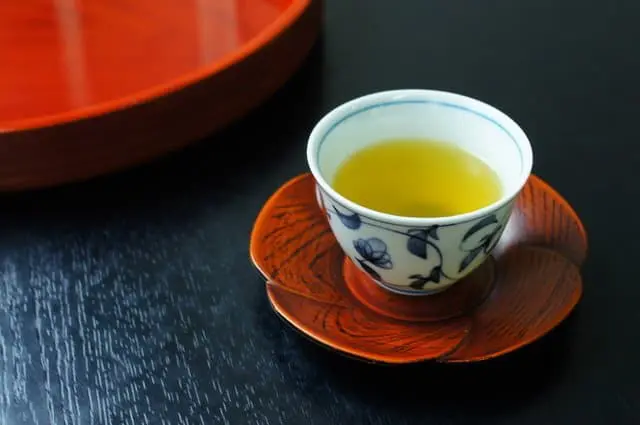
If you're interested in purchasing a complete tea set, then make sure to get chataku (tea saucers) and an obon tray.
Chataku are tea saucers that sencha bowls are placed on. It’s safe to think of them as the saucers you’d find in a set. They are mainly used as a show of hospitality to one’s guests.

Similarly, obon, or tea trays are often used when serving tea to guests.
There are a variety of obon trays including wooden trays, red or black lacquered trays, and mother-of-pearl trays to name just a few. Any of these trays are bound to enhance the beauty of your tea ware!
Where to Purchase Japanese Tea Ware
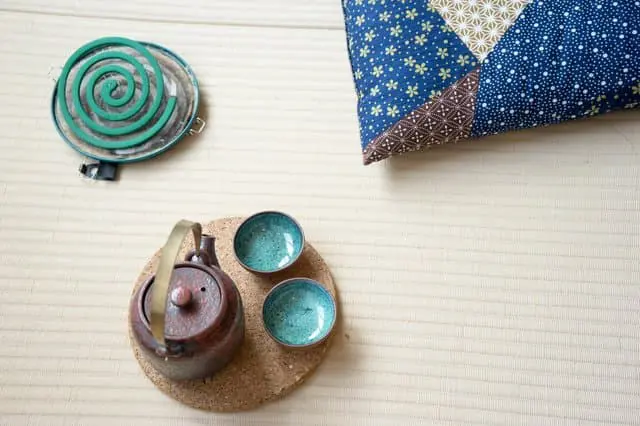
The tea ware introduced in this article can be obtained relatively easily in Japan.
Kitchenware Shops and Department Stores
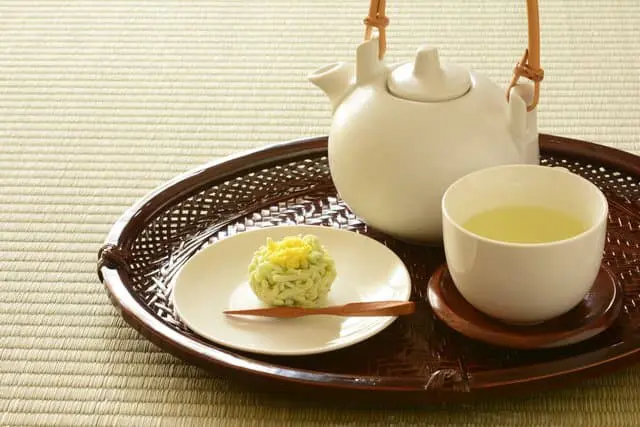
Kyusu teapots and yunomi cups are normally available within a reasonable price range from 1,000 to 3,000 yen at kitchenware shops. You’ll also find them sold at NITORI (Japanese), a home furnishing retailer, and MUJI, a lifestyle store, so take a look in person or online if you’re interested.
Tea ware from famous pottery producers in Japan is also available at department stores. Prices range around 3,000 to 10,000 yen, making it more on the expensive side. If you’re looking for a souvenir for someone special, or want a special set of your own, then look no further than the tableware section at the department store.
Pottery Producing Areas in Japan
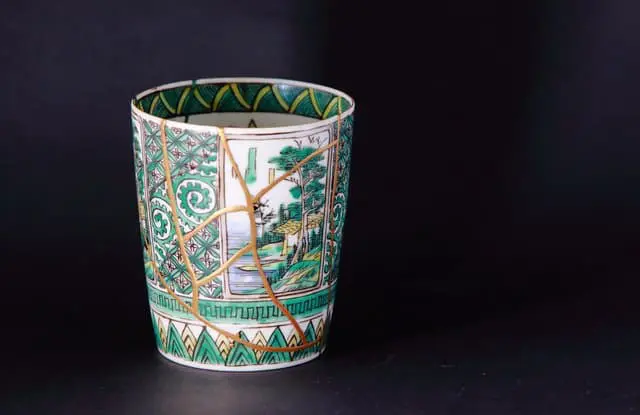
A Kutani ware (Kutani-yaki) yunomi cup applied with gold-dust lacquer (kintsugi)
Interested in viewing stunning tea ware and sets? Then how about visiting pottery towns and producers across Japan?
Kutani ware (Ishikawa Prefecture) is distinguished by its richly colored designs, set off by white porcelain. Shigaraki ware (Shiga Prefecture) has a simplistic warmth, while Hagi ware (Yamaguchi Prefecture) is identified by pale emerald greens, light pinks, and other subtle colors. The colors, patterns, and textures of pottery will vary from region to region.
It’d be a wonderful idea to travel around pottery towns to find a tea set just for you.
Enjoy Historic Green Tea Alongside Gorgeous Tea Utensils
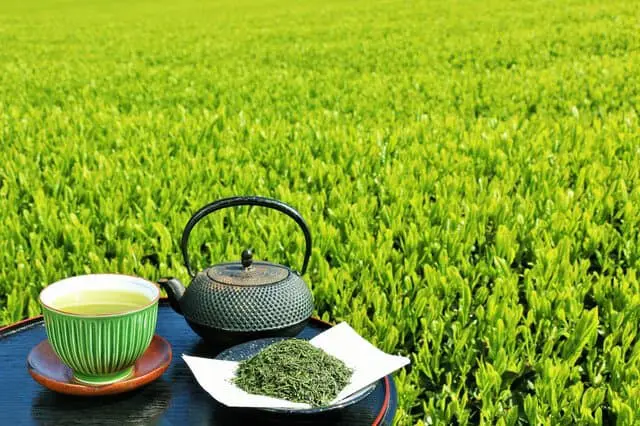
Tea culture was brought to Japan from China by kentoshi (*1) and monks studying abroad between the 7th and 9th centuries. However, tea culture later subsided in Japan.
Around the 12th century, a style from the Song Dynasty (960-1279) was introduced to Japan that consisted of grinding tea leaves into a fine powder, then dissolving it in hot water. This style later became matcha. The Japanese tea ceremony, or sado, where matcha is prevalently used, also became popular among Buddhist priests and samurai warriors around the end of the 12th century.
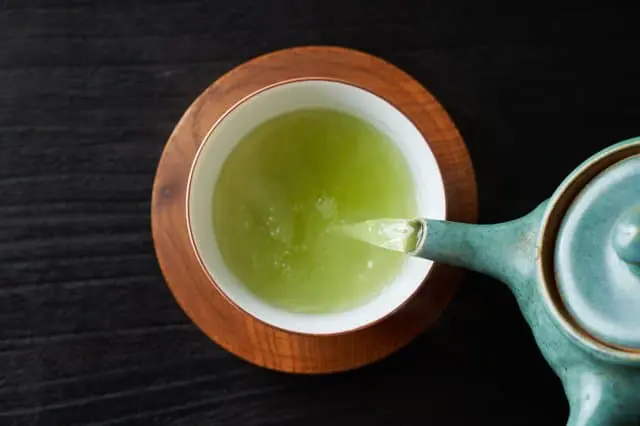
Meanwhile, tea wasn’t popularized among the masses until the Edo Period. Commoners would drink a boiled beverage similar to sencha, known for its “tea-colored” or light brown shade.
Tea farmers invented a tea manufacturing process in Uji, Kyoto during the 18th century that gave tea its green color. This is how our modern-day ryokucha (green tea) was created.
Unlike matcha, which was popular among the upper class, ryokucha is historically loved by the masses. Tea ware made especially for green tea has an unpretentious yo-no-bi (*2).
When visiting Japan, you should expand your interest from green tea to tea sets, and savor your brewed beverage with the simplistic beauty of Japanese tea ware!
*1 Kentoshi: missions dispatched to China by the Japanese Imperial Court to study China's excellent culture and systems during the Tang Dynasty (618-907).
*2 Yo-no-bi: refers to the beauty that dwells in practicality. A phrase used for everyday household goods.
References: Senchado Tokyo “The Long, Yet Short History of Japanese Tea: Trace the Roots and Development of Matcha and Sencha” (Japanese), Yamamasa Koyamaen “History of Matcha,” ITO EN “The History of Tea in Japan” (Japanese)
Read also
All photos by Pixta





































![[Corporate Visit List] Near Kansai Airport! Discover Japan’s Technology and Business Philosophy through Industrial Tourism](https://resources.matcha-jp.com/resize/720x2000/2024/12/13-215168.webp)
![["Secret Beauty: The Complete Works of Komura Setsutei" ~ March 1, 2026] "Abeno Harukas Art Museum"](https://resources.matcha-jp.com/resize/720x2000/2026/01/09-255274.webp)